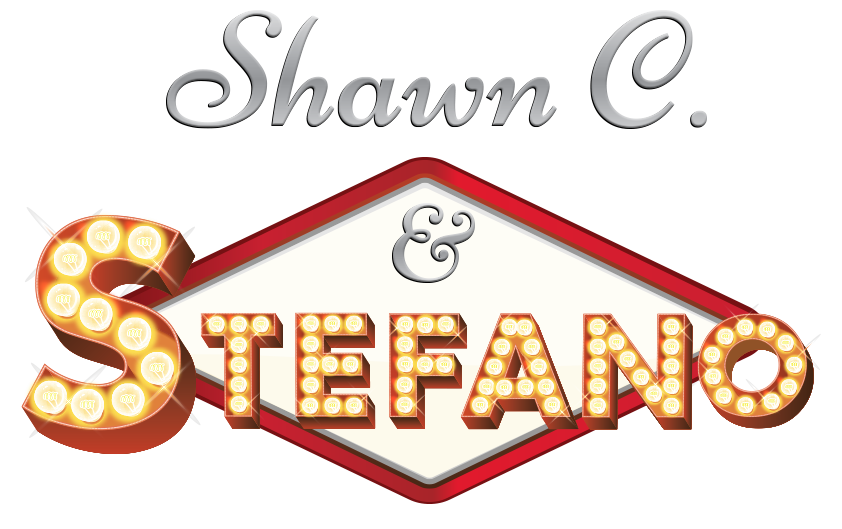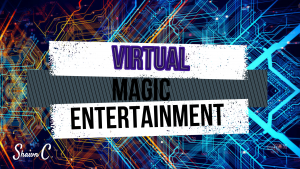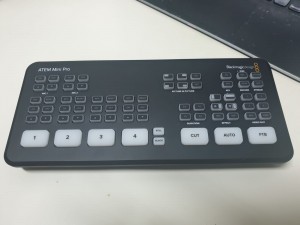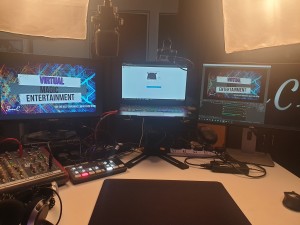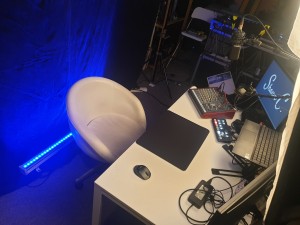Communicating is something we seem to do every day without putting much thought into. It’s almost as natural to us as breathing.
However, we all have moments when we’re having a conversation and suddenly you lose track of what the other person is talking about, or vice versa. In a casual setting, this can be laughed off. But if this happened in a business meeting or sales presentation, such lapses in communication could cost you a sale or an account which could mean a hefty loss in your bonus, or worse, your job.
In my online webinar titled “Conjuring Effective Communication”, professional trainer Mark Cosgrove and myself breakdown some of the techniques that magicians and performers such as myself use, and how to apply it to professional communication and presenting.
Here are 3 tips that will help you communicate better the next time you’re giving a presentation.
Know Your Objective
On stage, the performer’s objective is to entertain. Be it through magic, singing, comedy, etc, the goal of the performer is clear.
As a magician, this objective can be broken down further. The magician needs to amaze the audience through magic. This can again be broken down further into mini-objectives throughout the performance and achieved through clear calls to action.
Let’s take as an example, a simple card trick where the magician finds a chosen card. Call to action 1 can be something as simple as the magician asking someone to shuffle a deck of cards. He asks them to pick a card (call to action 2) and remember it (call to action 3) . At the end of the trick when the magician reveals the card, the volunteer would have had the sense that the cards were fairly mixed and freely chosen. The mini-objective was achieving a sense of fairness as it aides him to achieve his main objective of amazement when he eventually finds the card.
Similarly, before a presentation, you should know what objective you want to achieve. Are you here to close a sale? Or create awareness for a new product? Or show the progress you and your team have been making?
Once you know your objective then break it down into mini-objectives with clear calls to action each step of the way. With that in mind, its time to frame your presentation with a clear context.
Put Everything in Context
Context lays the foundation for whatever it is you are going to talk about or present.
In a magic performance, the performer would usually begin by framing his act in the audience’s mind. Is this supposed to be dangerous, comical, or flashy?
For example, in a comedy magic act, the performer would lay the context of his act by possibly dressing funny (e.g. loud colours or prints), telling a few jokes as a premise to the act itself and then maintaining that theme throughout the act. He may bumble the trick up on purpose before ending with an amazing climax.
Without framing the context, the audience may see the magician as a clumsy amateur and they would miss out on being entertained until they realize that it was supposed to be funny all along.
In a presentation, we need to frame the context in order for the information we’re presenting to make sense. Take this sentence for example: “Our sales are up 5% this month”. Is that good or bad? It may be a great improvement or gross under-performance. If the sales target was 15% then this would be bad. If the target was 2% then this would be good. Context makes the information you are presenting make sense.
Knowing how to put everything in context will come as you prepare and practice your presentation.
Preparation is Key
As a magician, I never do a trick live on stage for the very first time, without practicing and rehearsing it over many hours. Everything that needs to be done on stage is carefully thought out, practiced until it becomes almost second nature and then rehearsed (as if it were live) multiple times.
This principle also applies to any presentation you are giving. It is not enough to only know your PowerPoint slides. Practice what you are going to say at every point in every slide. As you do this you might realise that some points in your slides are not as important to what you are presenting and may require less attention or even be removed entirely. Conversely you will know which are the key points that you should focus more time on. Once you have this all down, then rehearse it as if you were giving the presentation live.
Those are 3 tips on how to instantly improve your communication and presentation. But since you made it this far, here’s a bonus tip.
Bonus Tip – How to Keep Their Attention
When most people think of how a magic trick is done; they usually think it involves some form of misdirection. While misdirection is a part of magic, people usually have the wrong perception of what it is. The perception that most people have is that the magician makes you look away while he does something sneaky.

Look over there while I do something sneaky over here
In actuality, misdirection is the proper direction of attention. The audience’s attention is always directed to what is required for them to understand the context of the trick, the objectives, the story, etc. When properly executed, the audience will more often than not, think to themselves “I was watching carefully the whole time”. The magician wouldn’t draw attention to which hand he picks up a deck of cards with, or where he puts the cards when he’s done. These actions may have significance in accomplishing the trick, however there is no need to draw attention to them. Your attention is always directed to anything crucial to the trick.
Similarly, when communicating your presentation, draw attention to the context, the objective and the overall “story” of your presentation. Don’t showcase every single bit of data, or fact sheet, etc. Any data, numbers or facts that you do draw attention to should be crucial to the overall presentation. Any other information can be conveyed at a later point such as a Q&A segment. The best, most colourful, most informative slides would be pointless if your audience does not pay attention to anything you say.
Apply these tips to your next presentation and see the difference.
If you enjoyed this five minute read, do subscribe to my newsletter for more articles as well as updates on upcoming shows and courses.
